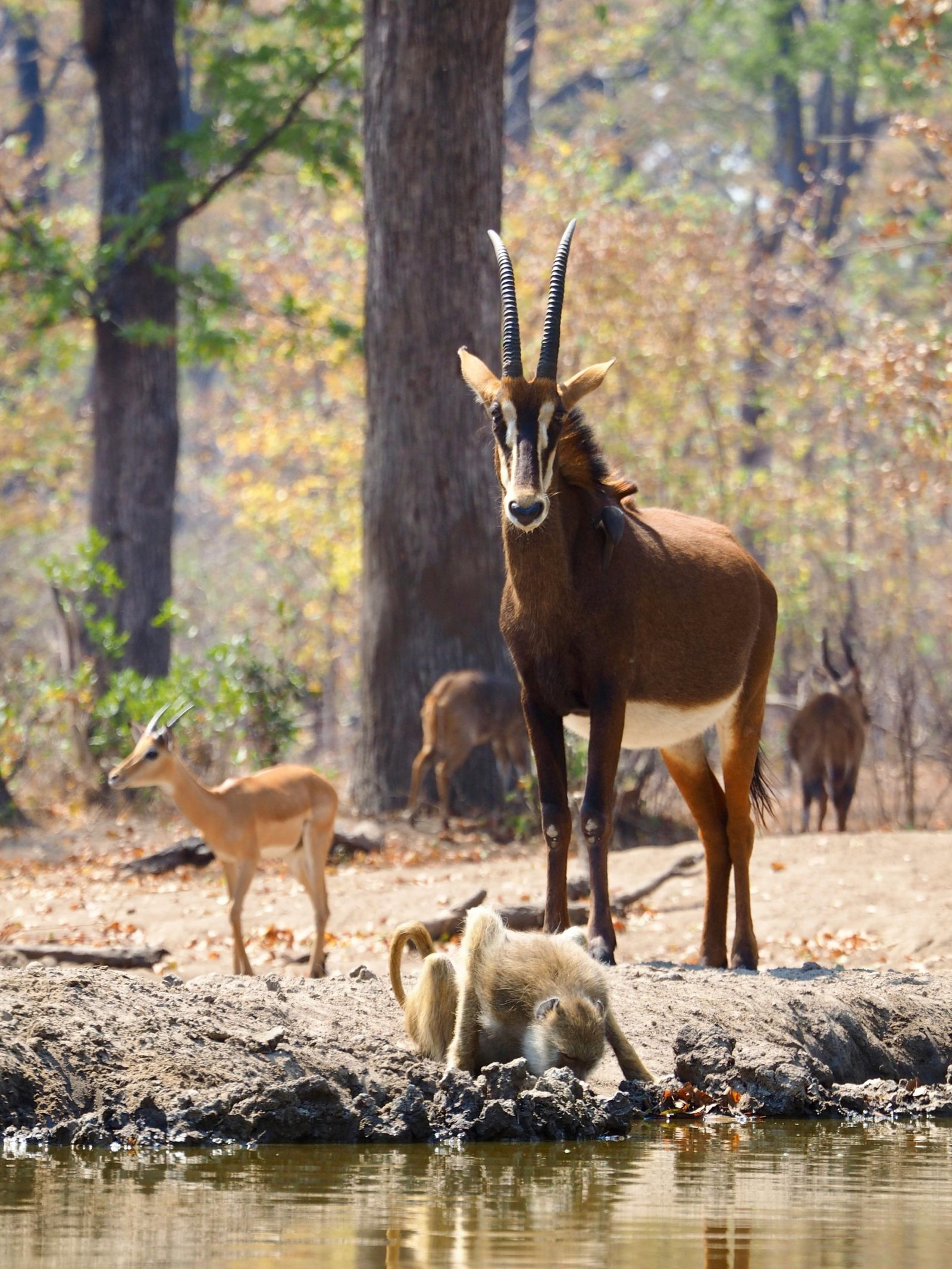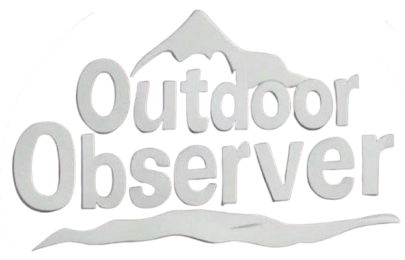This Content Is Only For Subscribers
To address concerns about the impact of outdoor sports on wildlife, the U.S. Fish and Wildlife Service (USFWS) introduced new guidelines in 2025 concerning wildlife-friendly practices for outdoor enthusiasts. These guidelines emphasize the importance of minimizing human-wildlife interactions, particularly in protected areas such as national wildlife refuges and remote public lands.

The new regulations include:
Bicycle and off-road vehicle restrictions in certain wildlife habitats, particularly during breeding seasons.
Increased fines for activities that disturb wildlife, such as getting too close to animals or causing harm by off-trail activities.
Mandatory education programs for visitors to national parks and wildlife reserves, encouraging responsible wildlife viewing and proper trail etiquette.
The focus is on educating outdoor sports enthusiasts about how to recreate without disturbing natural habitats. In particular, hiking, biking, and trail-running groups have been encouraged to follow the Leave No Trace principles more rigorously.
.png)
Image by Kara Grubis
Why it matters: These changes aim to reduce the negative impact of human activity on wildlife, especially in vulnerable ecosystems. By adhering to these new guidelines, outdoor enthusiasts can help preserve biodiversity while enjoying outdoor sports.
Source: U.S. Fish and Wildlife Service, “Wildlife Protection and Outdoor Recreation Guidelines” (2025)



